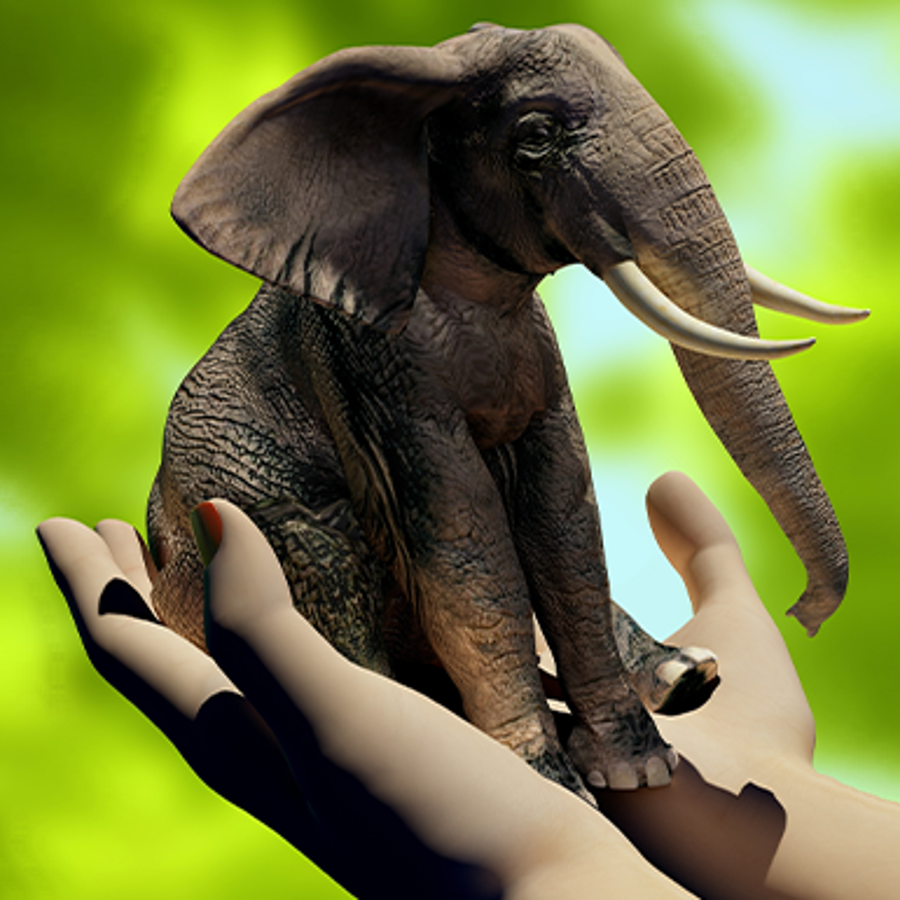
Could we make a miniature elephant?
July 30, 2018

- Related Topics:
- Quirky questions,
- Genetic engineering,
- Complex traits,
- Developmental biology,
- Pleiotropy
A curious adult from Oklahoma asks:
"Is there a particular gene that controls size of mammals? For example, could you manipulate a particular gene in an elephant to miniaturize it?
How does proportional size work on mammals? Could you increase or decrease the size of an elephant’s trunk by manipulating genes? How would these features be expressed or what gene engineering techniques would be used to perform such tasks?"
Animal size is a complex genetic trait. There are many genes that are involved in determining an animal’s overall size.
Not only that, one gene can also affect many traits! Many of the genes that affect body size also affect other things such as metabolism or lifespan.
So we could use genetics to change the size of an animal. But it would be almost impossible to do that without changing other traits too.
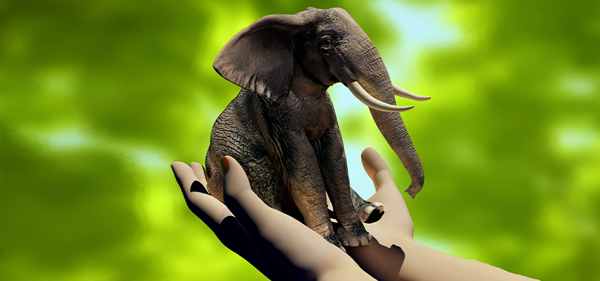
Growth hormones help coordinate the growth of multiple body parts
Growing up, you might have noticed that all your body parts grew at the same time. It would have been really hard to learn how to walk if one leg grew faster than the other!
You have your genes to thank for that. You have genes that coordinate how fast your body parts should grow. Some of these genes affect your whole body, while others affect only certain body parts.
You may have heard of hormones. Hormones are kind of like the body’s postal system. They send chemical messages around your body to tell it what to do! Hormones that are made in one part of the body can be passed through the bloodstream to another part of the body.
Some hormones tell your body to grow bigger. These are called growth hormones. These are chemical signals that tell your body to grow! Growth hormones allow for the coordinated growth of all your body parts. High levels of growth hormones helped you grow rapidly when you were a baby and also a teenager.
Genes related to production or intake of growth hormones affect your whole body.
Genetic mutations that cause too much growth hormone production can lead to gigantism. Mutations that cause too little growth hormone production can lead to dwarfism.
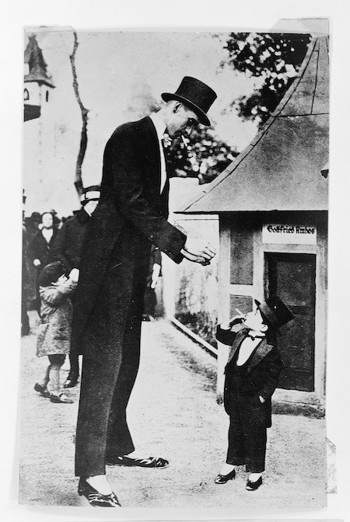
Making a miniature animal
So you might be thinking that one way to make a miniature elephant would be to change a gene that regulates growth hormone production or intake. You would be right!
In fact scientists have made dwarf mice by doing just that. After making these miniature mice, scientists found that changes in growth hormone genes don’t just affect size. These mice had different fat storage, metabolism, and lifespans.
So you probably could make a miniature elephant, but it would be different from other elephants in more ways than size.
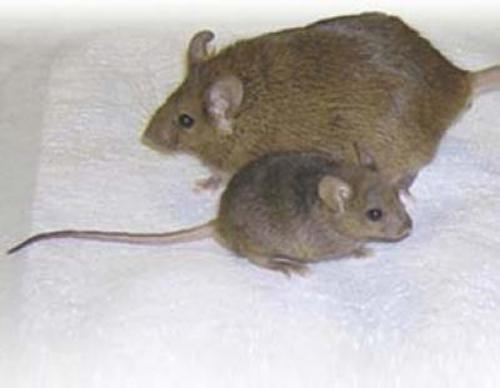
What other genes affect mammal size?
Genes related to the growth hormones are not the only genes that regulate mammal size. There are many other genes that contribute to overall size. The genes involved in bone and tissue production also affect how big you’ll be.
One example of these genes is fibrillin. This is a protein that makes elastic fibers in your body. Mutations in the gene that makes fibrillin cause a genetic disorder called Marfan syndrome.
People with Marfan syndrome have elongated bones and connective tissues. As a result, those with Marfan syndrome are extra tall! One famous person with Marfan syndrome is the professional basketball player, Isaiah Austin.
Individuals with Marfan syndrome often suffer from heart, lung and eye problems, as these body parts all rely on connective tissues. With modern medicines, most of these conditions can be prevented or treated.
Is it possible to change the size of an elephant’s trunk?
The short answer is maybe, but not right now. We still don’t know exactly which genes are responsible for the elephant’s long trunk. If we knew what they were, we might be able to make an elephant with a shorter or longer trunk.
But remember that a gene may affect multiple body parts! I mentioned that growth hormone mutations can make an animal (or person!) bigger or smaller. But those mutations can also lead to diabetes, high blood pressure and memory loss.
We might be able to find some genes that are responsible for the length of an elephant’s trunk. But changing these genes might have unexpected effects. Maybe genetic changes that shorten an elephant’s trunk would change the size of its ears, or the shape of its face!
Elephants slowly evolved from an ancestor that had a shorter snout. As the elephant ancestor grew larger, it needed to be able to eat more food. Longer snouts made it possible to reach leaves and branches that were previously out of reach.
Longer snouts also meant that they could grow longer tusks. This is because with a longer snout, they didn’t have to graze with their mouths so close to the ground. Fossil records show that the evolution of the elephant’s trunk was a gradual process with many intermediate species.
But it turns out we don’t necessarily need to make a miniature elephant. One already exists! The Borneo Pygmy Elephant lives in Indonesia and Malaysia and is the smallest of the existing elephants. These elephants evolved from larger elephants over a hundred thousand years ago.
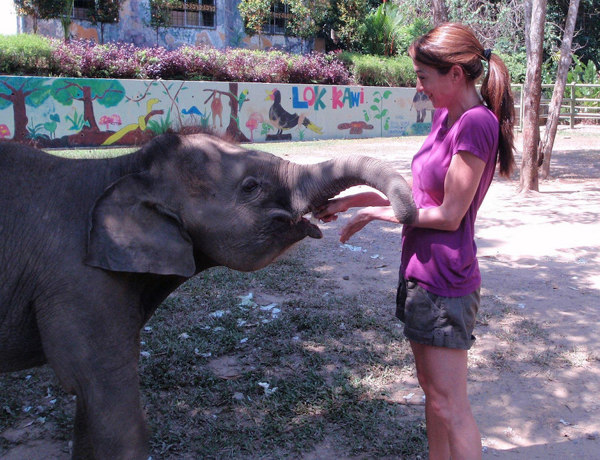

Author: Trisha Chong
When this answer was published in 2018, Trisha was a Ph.D. candidate in the Department of Developmental Biology, studying spatiotemporal protein localization in bacteria in Lucy Shapiro’s laboratory. She wrote this answer while participating in the Stanford at The Tech program.
 Skip Navigation
Skip Navigation
